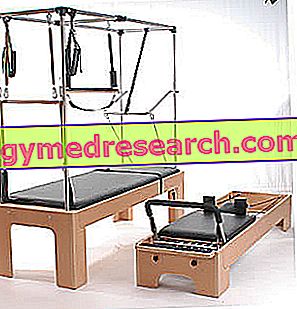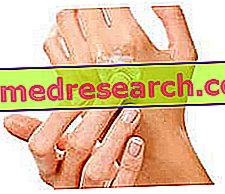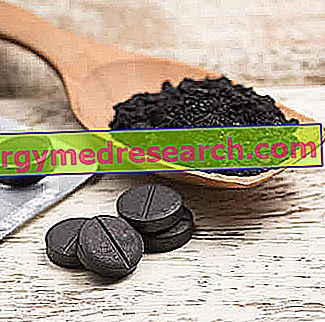By Dr. Vianini, director of Pilatech Srl
The Pilates method was invented by the German Joseph Hubertus Pilates in the early twentieth century.
It is based on some principles with the idea of optimizing the use of one's body to improve physical fitness and maintain balance more efficiently. Pilates is a fusion point between the guiding principles of oriental disciplines (harmony and slowness in the execution of movements) and modern western scientific evolutions in the field of body re-education, physical fitness, proprioceptive and postural gymnastics.
Pilates is a holistic gymnastics whose purpose is to make the whole body and mind work in each exercise. Pilates teaches to move in harmony and balance, accompanying the movement with fluid and complete inhalation and exhalation, with the result of reducing energy expenditure.
The Pilates method, through a proprioceptive approach, allows a real neuro-muscular reprogramming.

This "magic" is acquired progressively, within a few dozen sessions, and is perceived with a feeling of well-being, of relief from painful muscular tensions, associated with a mental pleasure of relaxation. This strange physical and mental sensation captures pleasantly, with a sense of well-being due to the pleasure of the "muscle that worked" and at the same time to the sensation of lightness and elongation.
The body learns a new way to pose, to move, to breathe, to move in space without generating any abnormal muscular hypertonus, without articular overloads, that is without creating those factors that are subsequently responsible for the unpleasant musculoskeletal symptoms, so common as to be considered almost normal and "inevitable".

In Pilates, muscular work occurs through kinetic chains and muscle regions: in this way, the whole body is involved in the various exercises. with prevalence of the deep-postural musculature of the spine.
The Pilates method is applied today in different fields: from physiotherapy rehabilitation to fitness; recently, even the most advanced world of sport has included its principles in athletic training programs.
One of the fundamental traits of Pilates is that it must be practiced only under the supervision of experienced personnel, also and above all when it is necessary to emphasize its therapeutic aspect. It is in fact one of the most complete, structured and reliable methods for rebalancing posture (so much so that abroad is used in many hospitals), but entrusting it to those who know little or not adequately in-depth anatomy, physiology, and the technique as a whole can pose risks to the health of the patient / client.
Therefore, Pilates trainers must be certified, so they have completed a complete training process.
Furthermore, they must be able to carry out a thorough initial evaluation of the client's conditions, in order to choose the most suitable combination of tools and exercises to be proposed in relation to the various problems.
Pilates must be practiced with the use of adequate and safe equipment: the Reformer, the Cadillac, the Barrel, the Chair are the basic machines. To these you can add a range of accessories to meet specific needs.

The machinery currently offered, while maintaining the essential principles that guided Joseph Pilates in the design of his tools, represent a more modern and efficient evolution.
Tools that do not allow or do not guarantee a perfect symmetry of movement, springs that do not guarantee identical tensions, and low-level technical solutions are absolutely to be avoided, working on the postural attitude.
Pilates is offered in many centers only in the free body version or "Mat Work".
This mode certainly allows you to become familiar with the discipline but we must not forget that it is only a part of the method, and that in any case only with the use of the equipment can you really "cut to size" this wonderful method and get all the benefits that pilates can potentially give us.



